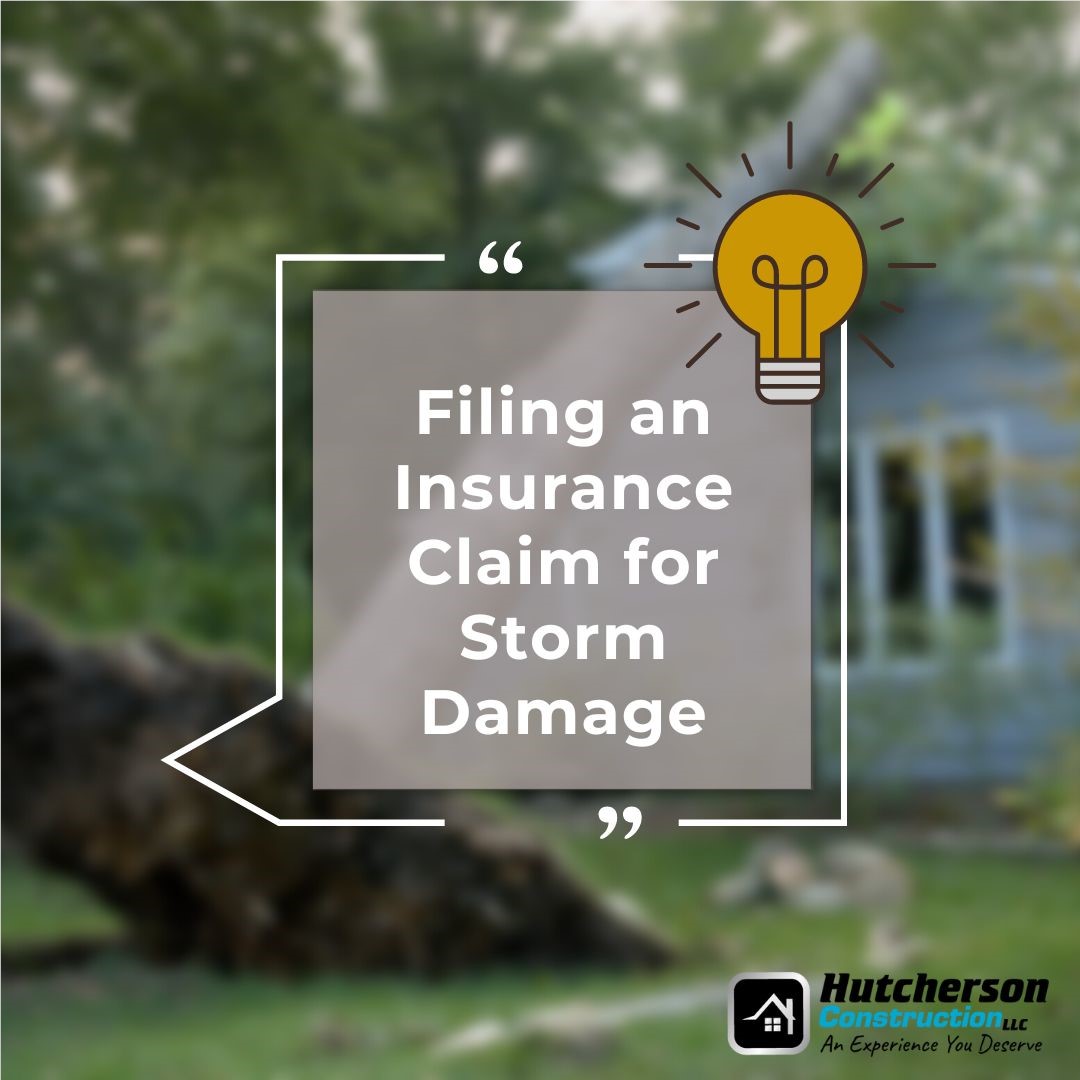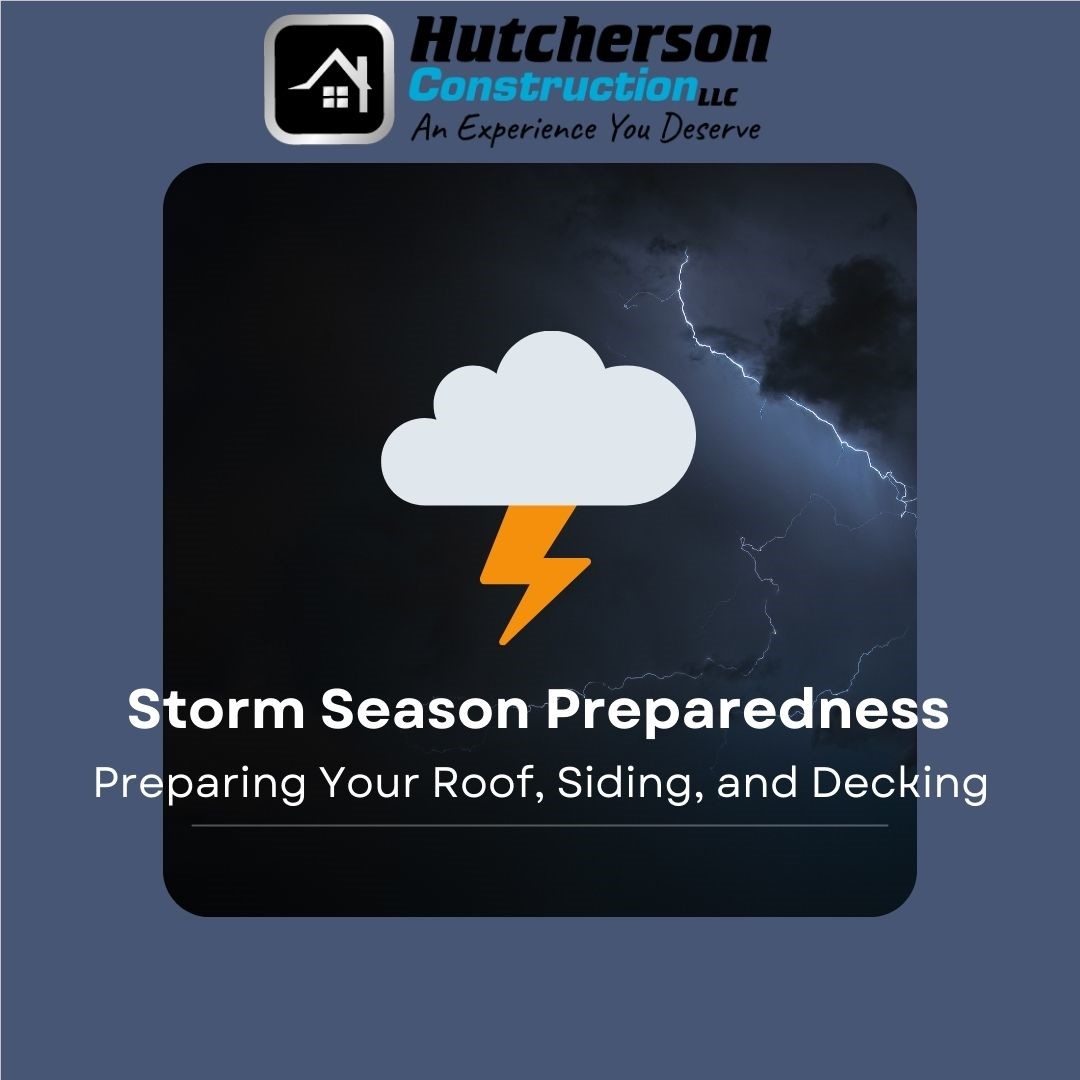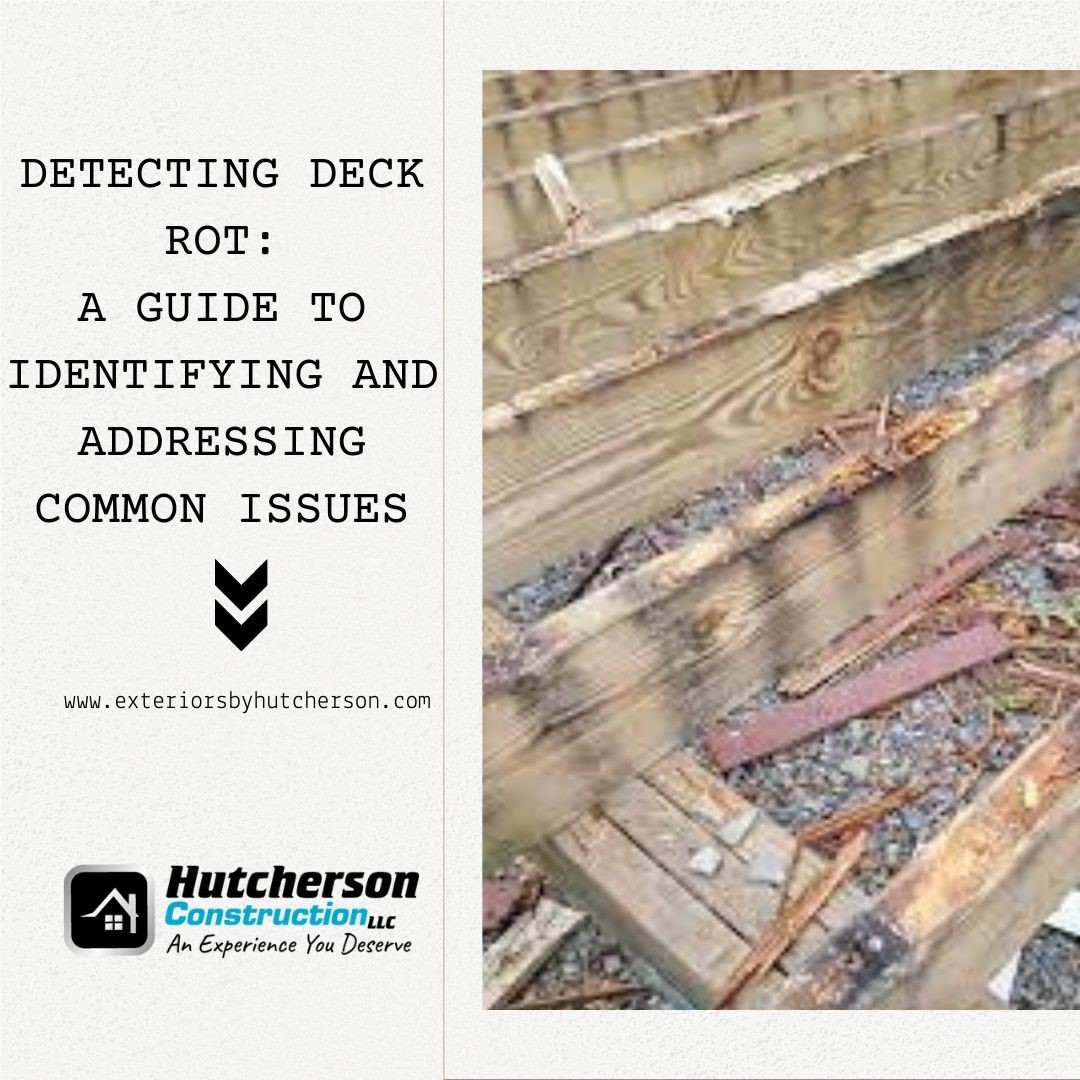Natural disasters such as storms can wreak havoc on your home and leave you with a lot of damage. Fortunately, you may be able to file an insurance claim for storm damage to your home. The claims process can be very daunting, especially if you've never filed one before. Here are some things to look for when filing an insurance claim for storm damage on your home:

Review your policy: Before filing a claim, review your insurance policy to ensure that the damage your home sustained is covered. Some policies may exclude certain types of damage or may have specific deductibles for storm damage. Knowing the specifics of your policy can help you determine what to expect from the claims process, and make it a bit easier when going through the process.
Document the damage: Take pictures or videos of the damage to your home and everything that was impacted by the storm both internally and externally. This documentation can help support your filed claim and provide proof of the damage. It is also important to keep any damaged items for the insurance adjuster to physically see when they come to assess the storm damage.
Contact your insurance company: Contact your insurance company as soon as possible to report the damage sustained. Provide them with all the necessary information, including the date and time of the storm, and the extent of the damage. Your insurance company will assign an adjuster to your claim and arrange for an inspection of the damage.
Work with the adjuster: When the adjuster comes to assess the damage, be present to point out any damage that you may have missed. Provide the adjuster with any documentation you may have gathered whether it be photo or videos. Again, show them anything physically impacted by the storm as well. For example, if your home sustained roofing damage and it caused a leak, show them where the leak is within the home. The adjuster will assess the damage and provide an estimate of the cost of repairs.
Get an estimate: It's important to understand that you are not required to accept the insurance company's estimate of the cost of repairs. It is wise to obtain multiple estimates from licensed and reputable contractors. This can help ensure that you get a fair settlement and that the damage is properly repaired by the best option available.
Keep a record for all expenses: Keep track of any expenses related to the storm damage, including repair costs, temporary housing, and additional living expenses. This documentation can help support your claim and ensure that you are properly compensated for all expenses incurred as a result of the storm damage.
Keep in touch with your insurance company: Keep in touch with your insurance company throughout the claims process. Be sure to ask questions and provide any additional information they may need as it pertains to your claim. This can help ensure a smooth and efficient claims process.
In conclusion, filing an insurance claim for storm damage on your home can be a complex process. However, by reviewing your policy, documenting the damage, cooperating with the adjuster, getting multiple estimates, keeping track of all expenses, and staying in touch with your insurance company, you can increase your chances of a successful claim.

Tags
Subscribe to Hutcherson Construction's Blog







Comments